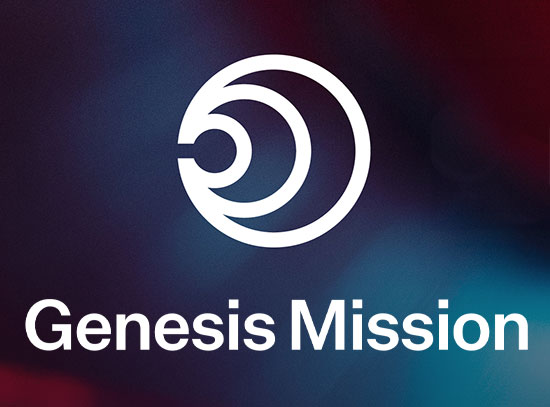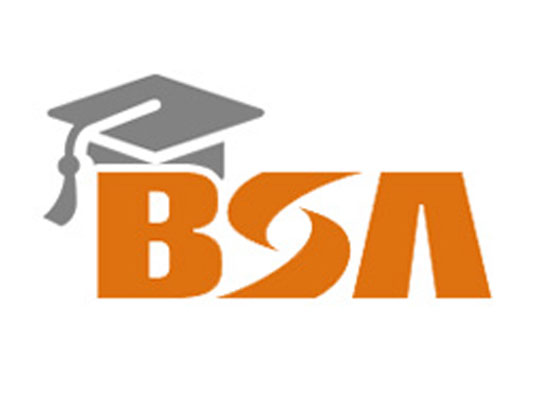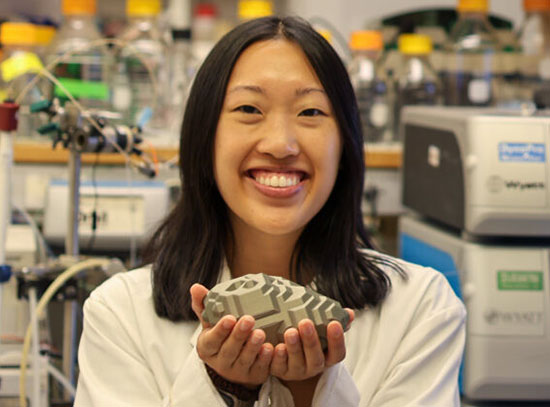High School Students Come to Grips With High Energy Physics Research
April 13, 2009
On March 26 and 27, students from six local high schools -- Farmingdale, Sachem East, Shoreham, Smithtown East, Ward Melville, and William Floyd -- came to BNL to experience research with particle physicist Helio Takai of the Physics Department. They were among more than 6,000 high school students from around the world who participated in the annual international Hands-on Particle Physics Masterclasses. In this program, now involving 23 countries, particle physicist mentors show the students how to use data gathered by the large particle collider experiments at CERN, the European Center for Nuclear Research, to unravel hidden secrets of high energy physics.
At BNL, Takai showed the students how to analyze the collisions of elementary particles racing through a 27-kilometer-circumference accelerator at close to the speed of light. The students used computer programs to analyze the data from the collisions, then, via videoconference, they compared and discussed their results with participants in other centers - learning to act as actual particle physicists do in international collaborations. During the first session at BNL on March 26, juniors participated in a video conference with Fermi National Accelerator Laboratory to compare results of their analysis with results produced by other American schools. The next day, during a videoconference with CERN, seniors compared their results with results from schools in European countries.
"This is the fourth year of the Masterclasses, and more students come each year," said Takai. "Our first year, we only had six students, and this year, we had 60. It's a great way for students to understand the excitement of science, by doing what particle physicists do - analyze and discuss results with others all over the world. This program pulls high energy physics out of the classroom and into the world of new discoveries. We believe that this is one of the best ways to develop bright young talent for the future."
The event this year was co-organized by Tania Entwistle from Ward-Melville High School, Gillian Winters from Smithtown East HS, and Takai. Earlier, two meetings had been held to prepare the students, one at Smithtown and one at Ward-Melville. Entwistle has pioneered the Masterclass event in the US (see this piece from symmetry Magazine). "This is a wonderful opportunity for students to peek into the world of science" she said.
In addition to students' gaining insight into the international organization of modern research, they learn about the world of subatomic particles through easy-to-understand presentations by the mentors giving the masterclasses. This year's lectures and exercises also covered the Large Hadron Collider, a massive accelerator soon to start operations at CERN.
The Hands-on Particle Physics student research days take place under the central coordination of Michael Kobel, a physics professor at the University of Dresden, in close cooperation with the European Particle Physics Outreach Group and with the support of the Helmholtz Alliance "Physics at the Terascale" and the German Federal Ministry of Education and Research BMBF.
2009-1158 | INT/EXT | Newsroom









